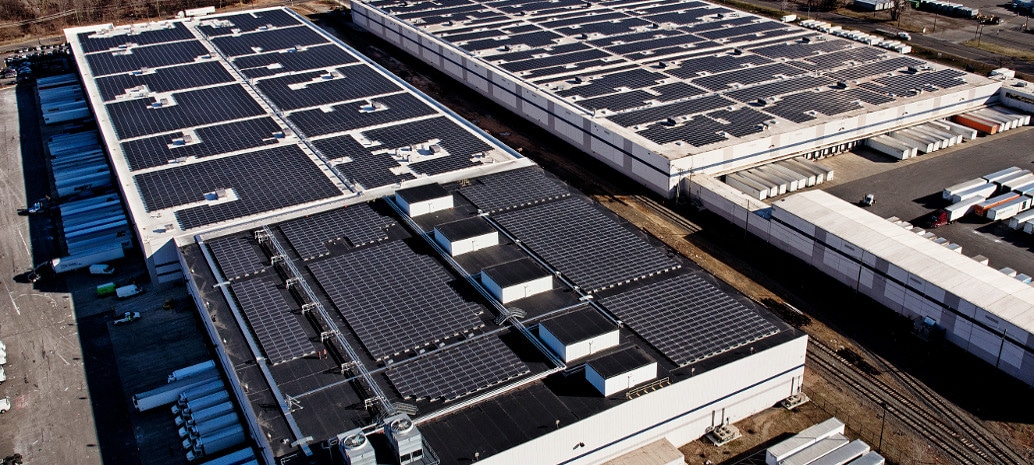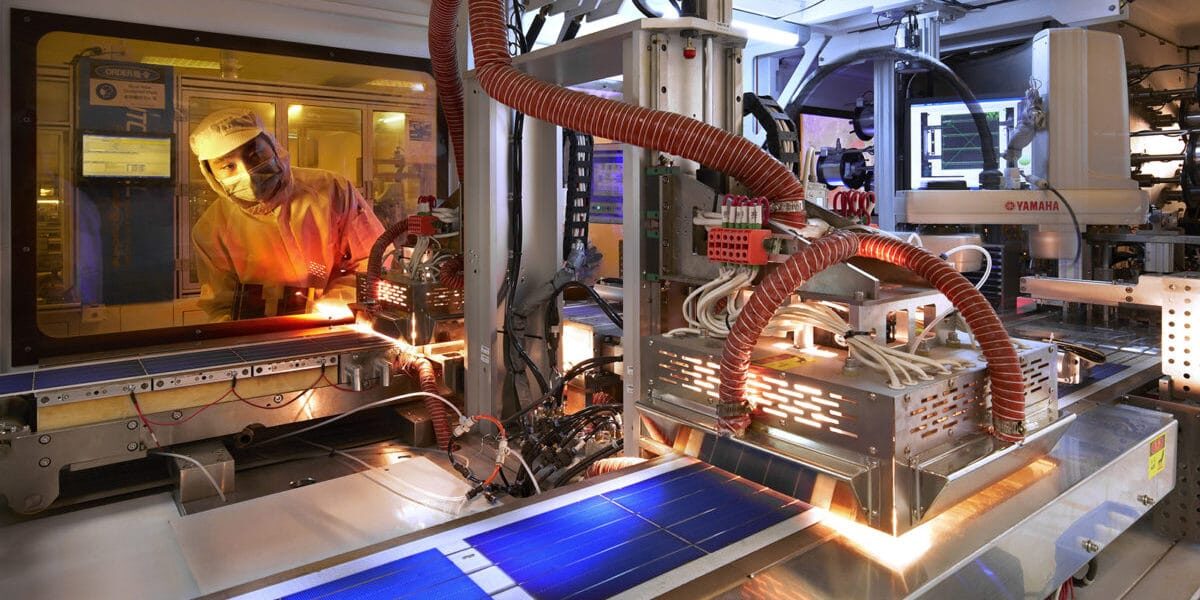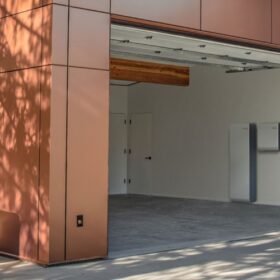California has a few problems with timing. The state is in the process of setting new time-of-use (TOU) electric rates at its three large investor-owned utilities, which could have significant impacts on the economics of distributed solar installations under the state’s new net metering rules. And until these are finalized, solar customers and developers are in the dark.
This lack of clarity is a problem for residential solar customers, who will be forced onto mandatory TOU rates under Net Metering 2.0, which will be effective in the final of the three utilities as of July 1. But it is also a problem for commercial and industrial (C&I) PV system owners who were already on TOU rates, as these time periods that these rates will apply are set to change for the first time since the 1980s.
The cut-off date for grandfathering
Under a January ruling existing C&I systems will be grandfathered for 10 years under the previous TOU time periods. However, this week California Public Utilities Commission (CPUC) made moves to reject a petition by two solar industry groups – California Solar Energy Industries Association (CALSEIA) and the national Solar Energy Industries Association (SEIA) – to extend the date when new C&I PV systems will be grandfathered under the old rates.
The groups say their petition was an attempt to give more lead time to customers who are in the process of installing systems. “People have gone forward under certain assumptions,” CALSEIA Policy Director Brad Heavner told pv magazine. “A lot of customers are caught in the middle – moving forward with projects that aren’t going to be installed by (August 1).”
The Administrative Law Judge decision issued on Monday denies the SEIA/CALSEIA motion, but makes an exception for schools, which can complete interconnection by August 2018 and still be grandfathered under the old rates.
This ALJ decision is only the first step, and will now spur a round of comments before a proposed decision and then a final ruling. However if it goes forward under its current form, C&I PV systems that are not completed on August 1 will be subject to the new rates – despite installers and system owners not yet knowing what those rates will be.
The fight over the peak
The new TOU rates which have been proposed by utilities are themselves controversial. In response to a surfeit of mid-day power from California’s many PV systems, the state’s utilities are proposing moving “peak” periods back to as late at 5-10 PM. This would mean that solar PV would be generating in off-peak periods, and that PV systems owners would receive less for the electricity they generate than the electricity they use in the evening.
In SDG&E’s service area, which is the one utility service area which is moving toward resolution, the proposed decision is peak to set peak 3-9 PM. This translates to PV installations generating during only a portion of the peak.
According to CALSEIA, this is the first big change in TOU rates since the 1980’s, when peak was set at 12-6 PM. This timing was ideal for solar, but certainly not in line with recent changes to the composition of the state’s electric generation. And the change from 12-6 PM to 3-9 PM, let alone 5-10 PM, will have significant effects on the economics of solar.
Market impacts
A decision on SDG&E TOU rates is expected in July, and these rates will go into effect on December 1. However for PG&E and SCE final decisions on TOU rates are not anticipated until the first quarter of next year.
During this period of limbo, Heavner says that the uncertainty around TOU rates is affecting California’s solar market. “The markets are struggling right now, and the biggest reason is getting adjusted to the new outlook,” notes Heavner. “I’m hearing a lot of companies that specialize in commercial projects saying that business is slow.”
SEIA agrees. “The solar industry is committed to supporting California’s move to time-of-use rates, but we need to make sure there is continuity in the market,” Brandon Smithwood, SEIA’s director of California state affairs told pv magazine.
“This week’s ruling suggests that the vast majority of commercial customers won’t have clarity on time-of-use rates, a decision that prevents businesses who want to adopt solar from doing so, potentially leaving the state’s commercial market nearly frozen until next year.”
This content is protected by copyright and may not be reused. If you want to cooperate with us and would like to reuse some of our content, please contact: editors@pv-magazine.com.









This development, if enacted, provides additional incentive to add ancillary battery back-up systems to sales ‘packages’ with enough reserve power to get past the 10pm (fake) ‘peak’ rate period before switching back to the grid.